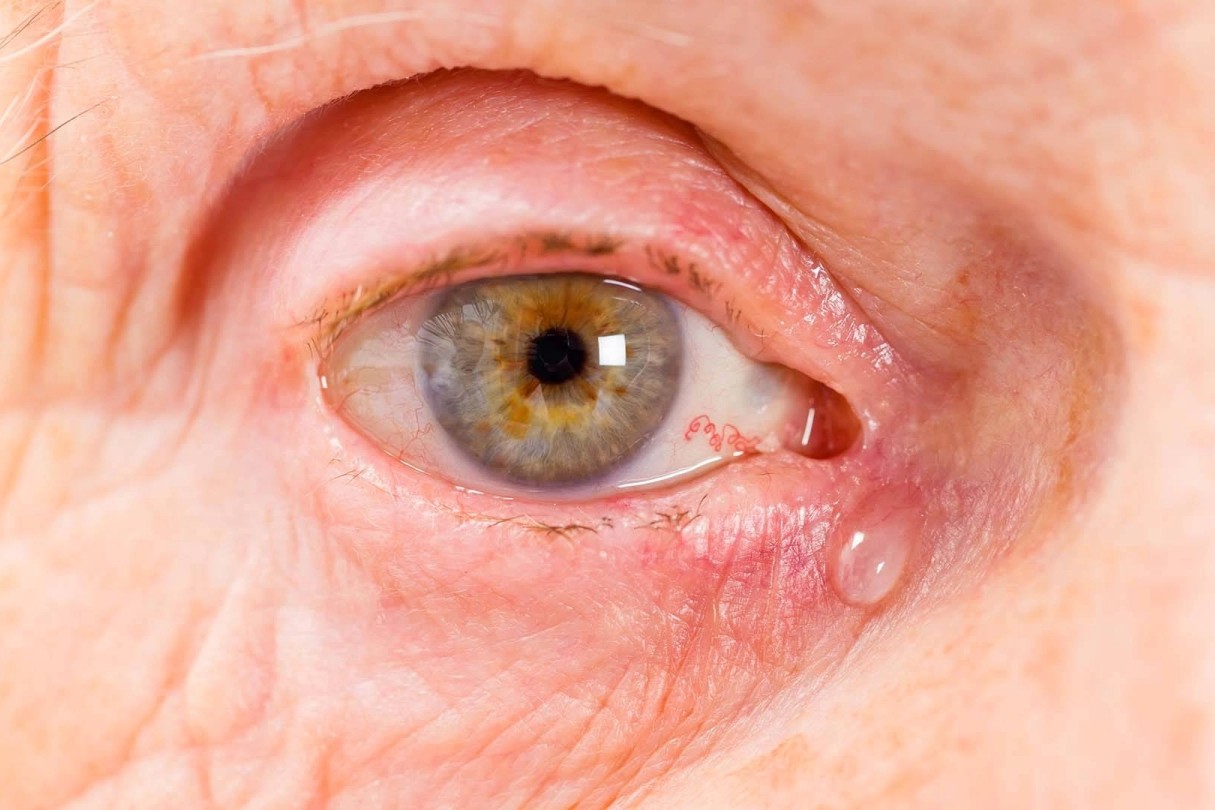
What are lacrimal glands? These tiny but mighty structures in your eyes produce tears. Tears aren't just for crying; they keep your eyes moist, clean, and free from dust. Without them, your eyes would feel dry and irritated. Located above each eye, these glands release fluid that spreads across your eye when you blink. This fluid then drains through tiny ducts into your nose, which is why your nose runs when you cry. Understanding lacrimal glands helps us appreciate how our bodies maintain eye health. Ready to learn more? Let's dive into 26 fascinating facts about these essential eye components!
What is the Lacrimal System?
The lacrimal system is a crucial part of the human body responsible for producing and draining tears. Tears keep the eyes moist, protect them from irritants, and provide nutrients. Let's dive into some fascinating facts about this essential system.
- The lacrimal system includes the lacrimal glands, lacrimal ducts, and nasolacrimal ducts.
- Lacrimal glands are located above each eye, in the upper outer region of the orbit.
- These glands produce the aqueous layer of the tear film, which is the watery component of tears.
How Tears are Produced
Tears are more than just a response to emotions. They play a vital role in eye health and function.
- There are three types of tears: basal, reflex, and emotional.
- Basal tears are constantly produced to keep the eyes lubricated.
- Reflex tears are produced in response to irritants like smoke or onions.
- Emotional tears are triggered by strong feelings such as sadness or joy.
The Composition of Tears
Tears are not just salty water; they have a complex composition that serves various functions.
- Tears consist of three layers: mucous, aqueous, and lipid.
- The mucous layer helps tears adhere to the eye's surface.
- The aqueous layer provides moisture, oxygen, and nutrients.
- The lipid layer prevents evaporation and keeps the tear film stable.
The Role of the Lacrimal Ducts
The lacrimal ducts are pathways that transport tears from the glands to the eyes and then to the nasal cavity.
- Tears drain through tiny openings called puncta located at the inner corners of the eyelids.
- From the puncta, tears travel through the canaliculi to the lacrimal sac.
- The lacrimal sac is a reservoir that temporarily holds tears before they drain into the nasolacrimal duct.
- The nasolacrimal duct carries tears into the nasal cavity, which is why your nose runs when you cry.
Disorders of the Lacrimal System
Like any other system in the body, the lacrimal system can experience disorders that affect its function.
- Dry eye syndrome occurs when the lacrimal glands don't produce enough tears or the tears evaporate too quickly.
- Epiphora is a condition where tears overflow onto the face due to blocked tear ducts.
- Dacryocystitis is an infection of the lacrimal sac, often caused by a blockage in the nasolacrimal duct.
- Lacrimal gland tumors can be benign or malignant and may require surgical removal.
Fun Facts about Tears
Tears have some surprising and fun aspects that many people might not know.
- Humans are the only species known to produce emotional tears.
- Emotional tears contain higher levels of stress hormones compared to basal or reflex tears.
- Crying can help improve mood by releasing endorphins, the body's natural painkillers.
- Babies don't produce real tears until they are about two weeks old.
- The phrase "crocodile tears" comes from an ancient belief that crocodiles cry while eating their prey, though this is a myth.
The Evolutionary Purpose of Tears
Tears have evolved to serve multiple purposes beyond just keeping the eyes moist.
- Tears can signal distress or a need for help to others, strengthening social bonds.
- The antimicrobial properties of tears help protect the eyes from infections.
The Final Word on Lacrimal Glands
Lacrimal glands, those tiny but mighty organs, play a crucial role in keeping our eyes healthy. They produce tears that not only keep our eyes moist but also protect them from infections. Without these glands, our vision would be at risk, and our eyes would feel constantly irritated.
Understanding how lacrimal glands work helps us appreciate the complexity of our bodies. From producing basal tears to emotional crying, these glands are always at work. So next time you shed a tear, remember the hardworking lacrimal glands behind the scenes.
Knowing these 26 facts about lacrimal glands gives you a deeper insight into their importance. Whether you're a student, a curious mind, or someone who just loves learning new things, these facts are sure to impress. Keep your eyes healthy and never underestimate the power of a good cry!
Was this page helpful?
Our commitment to delivering trustworthy and engaging content is at the heart of what we do. Each fact on our site is contributed by real users like you, bringing a wealth of diverse insights and information. To ensure the highest standards of accuracy and reliability, our dedicated editors meticulously review each submission. This process guarantees that the facts we share are not only fascinating but also credible. Trust in our commitment to quality and authenticity as you explore and learn with us.
